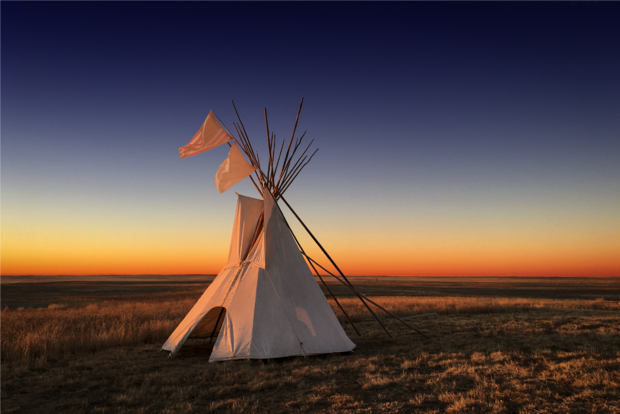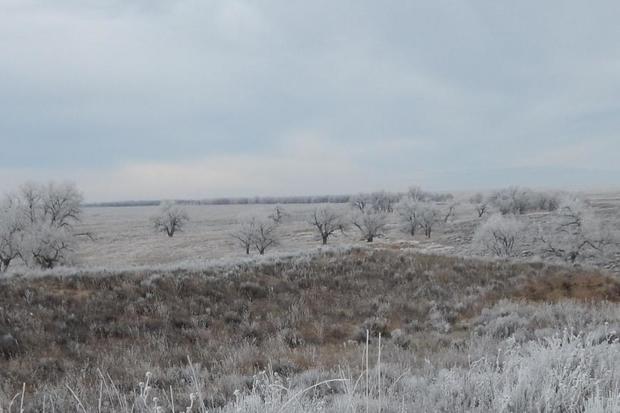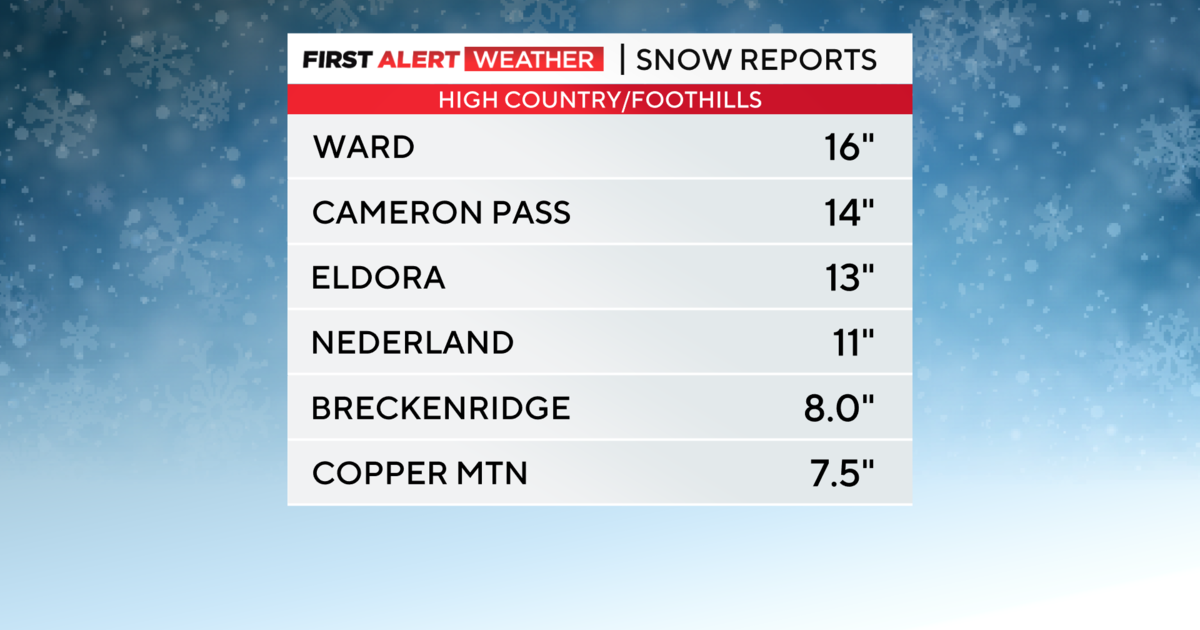Sand Creek Massacre: History Colorado Center exhibit aims to shed light on dark events
Nearly 158 years ago, on Nov. 29, 1864, Colonel Chivington led U.S. Army soldiers in an attack on innocent Cheyenne and Arapaho people, mostly women, children and elders on Big Sandy Creek in southeastern Colorado. What became known as the Sand Creek Massacre and the deadliest day in Colorado history, remains one of the most controversial events in American history and would change the Cheyenne and Arapaho tribes forever.
History Colorado Center director of exhibit planning Shannon Voirol appeared on CBS News Colorado to discuss the new exhibit "The Sand Creek Massacre: The Betrayal That Changed Cheyenne and Arapaho People Forever" which opens on Saturday.
"The exhibit will feature the life of the Cheyenne and Arapaho before the massacre, the massacre itself and then the resilience afterward," said Voirol.
The exhibit will feature artifacts and images that portray how the tribes lived and how their land was systematically taken from them by the U.S. government which is in part what sparked a chain of events leading up to the massacre.
The chiefs of the tribes had camped along Big Sandy Creek, some 40 miles north of Fort Lyon, according to the National Park Service, with about 750 people from the Native American tribes. They were hoping to find peace between the U.S. military and the tribes after the Treaty of Fort Laramie began the process which limited how much land the tribes would have in the Great Plains.
According to an account by the National Park Service, earlier that year, in the summer of 1864, Governor of the Territory of Colorado John Evans had commanded all "friendly" Native Americans of the tribes go to Fort Lyon to receive supplies and find safety. However, this was in conflict with an order that the military should shoot and kill any Native American who approached a fort in the Territory of Colorado. Chief Black Kettle of the Cheyenne tribe hoped to negotiate peace and contacted Major Wynkoop at Fort Lyon.
The camp was set to move to Fort Lyon from their encampment at Big Sandy Creek once a peaceful resolution was achieved between the tribes and Evans. That resolution never came.
About 6:30 a.m. on Nov. 29, 1864, Col. Chivington, who was never given orders to leave Denver, marched the troops of the 1st Colorado Infantry Regiment of Volunteers and the 3rd Regiment of Colorado Cavalry Volunteers to the camp where they opened fire on the unaware Cheyenne and Arapaho people.
The atrocities that occurred that day created trauma among the survivors of the massacre that influenced the way the tribes lived in Colorado over the next century and a half.
History Colorado Center worked with the elders of the tribes over the past decade to develop the exhibit which outlines the events of the day and also aims to demonstrate the lives of the tribes before the massacre. A previous exhibit about the Sand Creek Massacre that opened in 2012 was closed because of what the museum called "inadequate tribal consultation."
"Some of the elders deal with it by working with us and partnering. So that's reckoning and healing and helping them come to terms with it. Some of their youth have been doing a Sand Creek Massacre spiritual healing run that starts out in Eads and comes into Denver so every year many of the youth do that run," said Voirol. "So I think it's person-to-person. Grief, trauma... is so personal."
The annual Sand Creek Massacre Spiritual Healing Run/Walk takes place in late November and honors those killed. According to the National Park Service, the event began in 1999 by Lee Lone Bear who is a Northern Cheyenne descendant of massacre survivors. The 173-mile run/walk follows the route used by soldiers upon their return to Denver following the massacre and participants run in relays to complete the journey.
Last month, Interior Secretary Deb Haaland announced an expansion of the National Park Service historical site dedicated to the Sand Creek Massacre during a solemn ceremony at the site about 170 miles southeast of Denver to honor those killed.
The events of Sand Creek continue to influence modern-day events in Colorado. Last month, a group marched from the massacre site to Mount Evans in support of the name change for the mountain to Mount Blue Sky. They claim Evans instigated the events leading to the massacre.
Voirol emphasized that learning the history of what happened at Sand Creek is integral to the history of Colorado.
"It's foundational to Denver, foundational to Colorado. This is how our state became a state. Cheyenne and Arapaho people lived here and they were pushed out as we broke treaties and moved in and colonized. So, if you think about why no more Cheyenne and Arapaho, or I should say fewer Cheyenne and Arapaho live here now, this is why," said Voirol. "This is the story of how our state became a state."
The exhibit opens at History Colorado Center 10 a.m. on Saturday, Nov. 19. Opening day features a public commemoration from 10:30 a.m. to 3 p.m. and features an invocation, songs and speeches from Tribal and state dignitaries. It will remain open to visitors from 10 a.m. to 5 p.m. daily and is included with museum admission.






